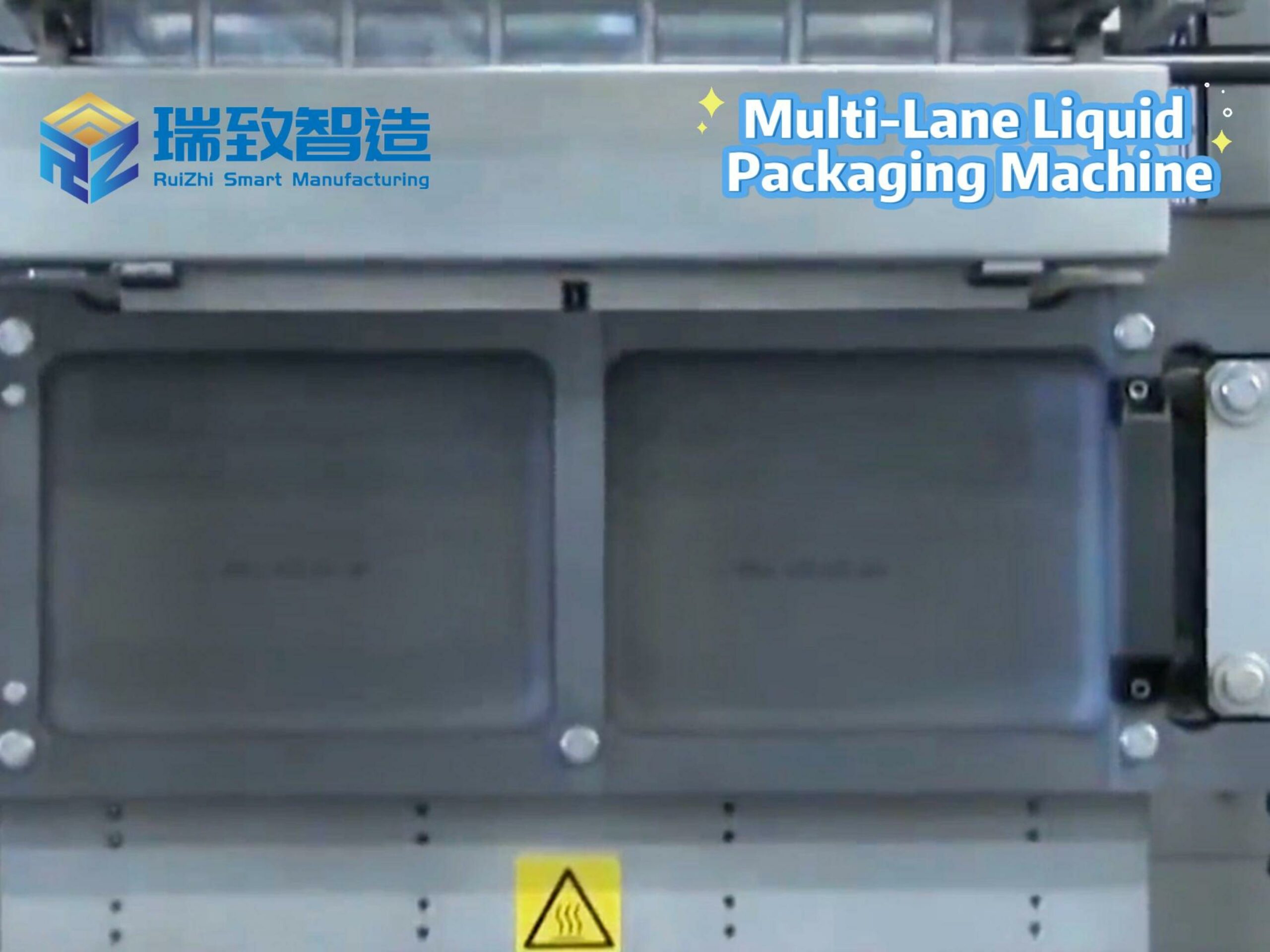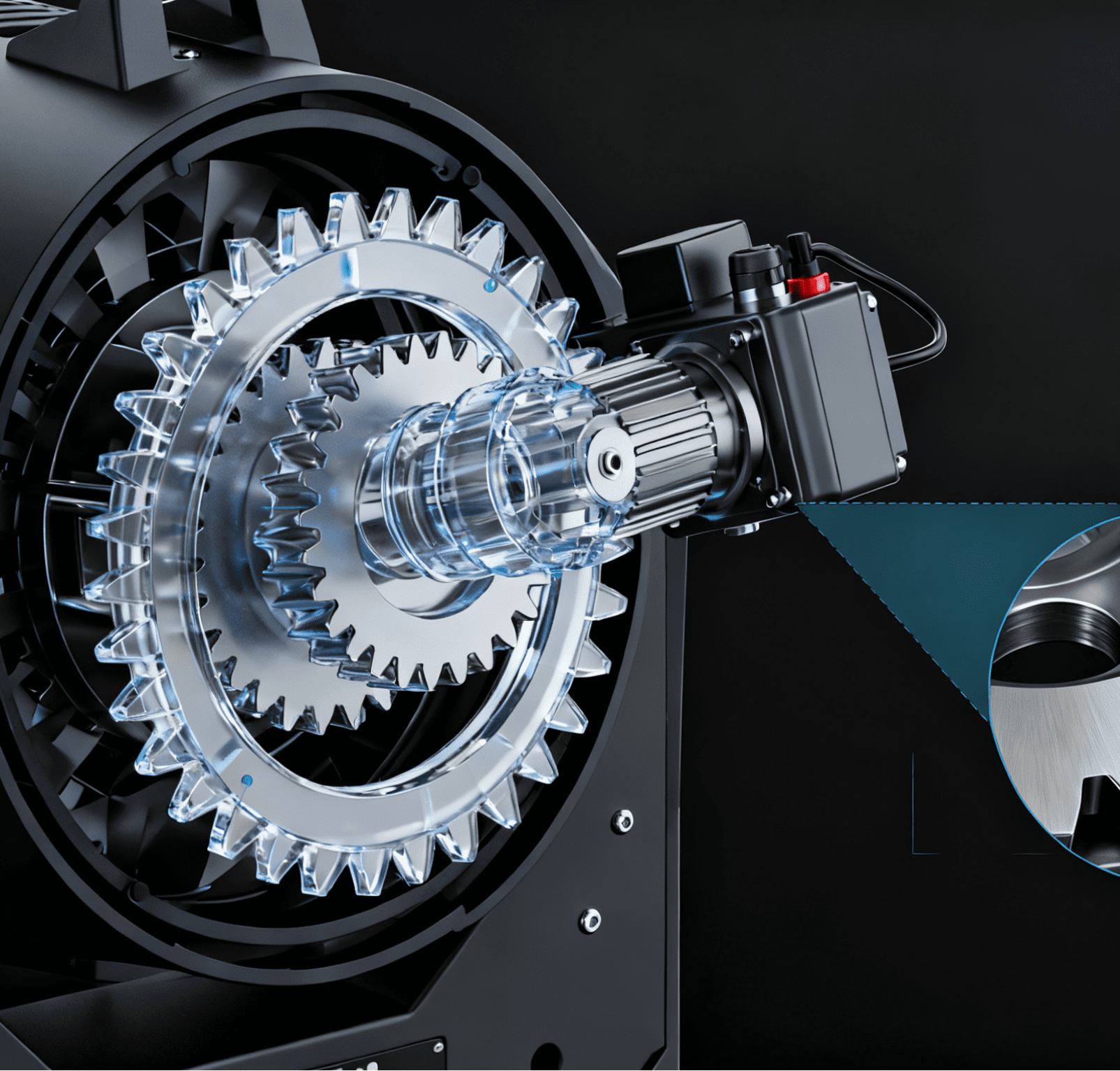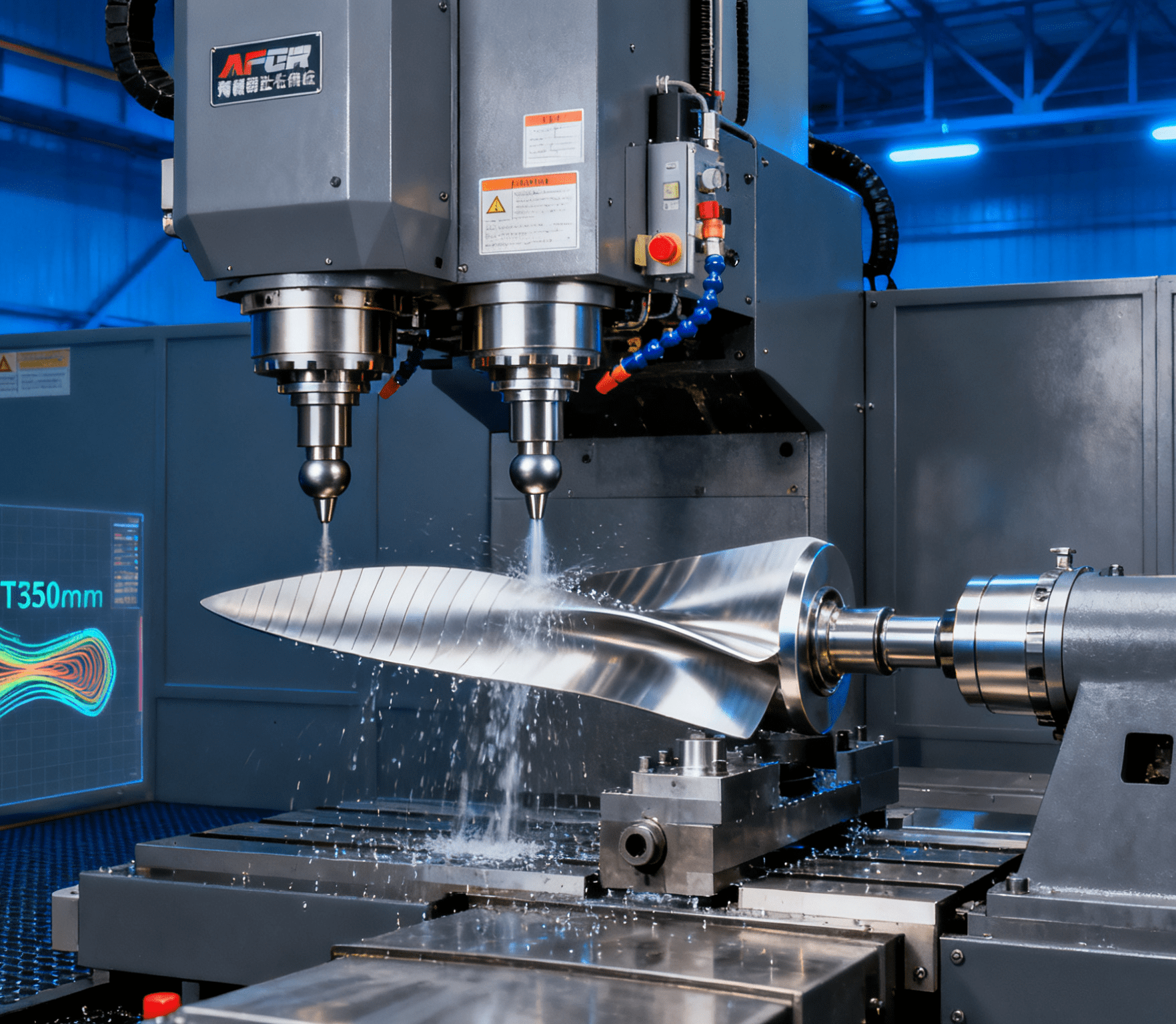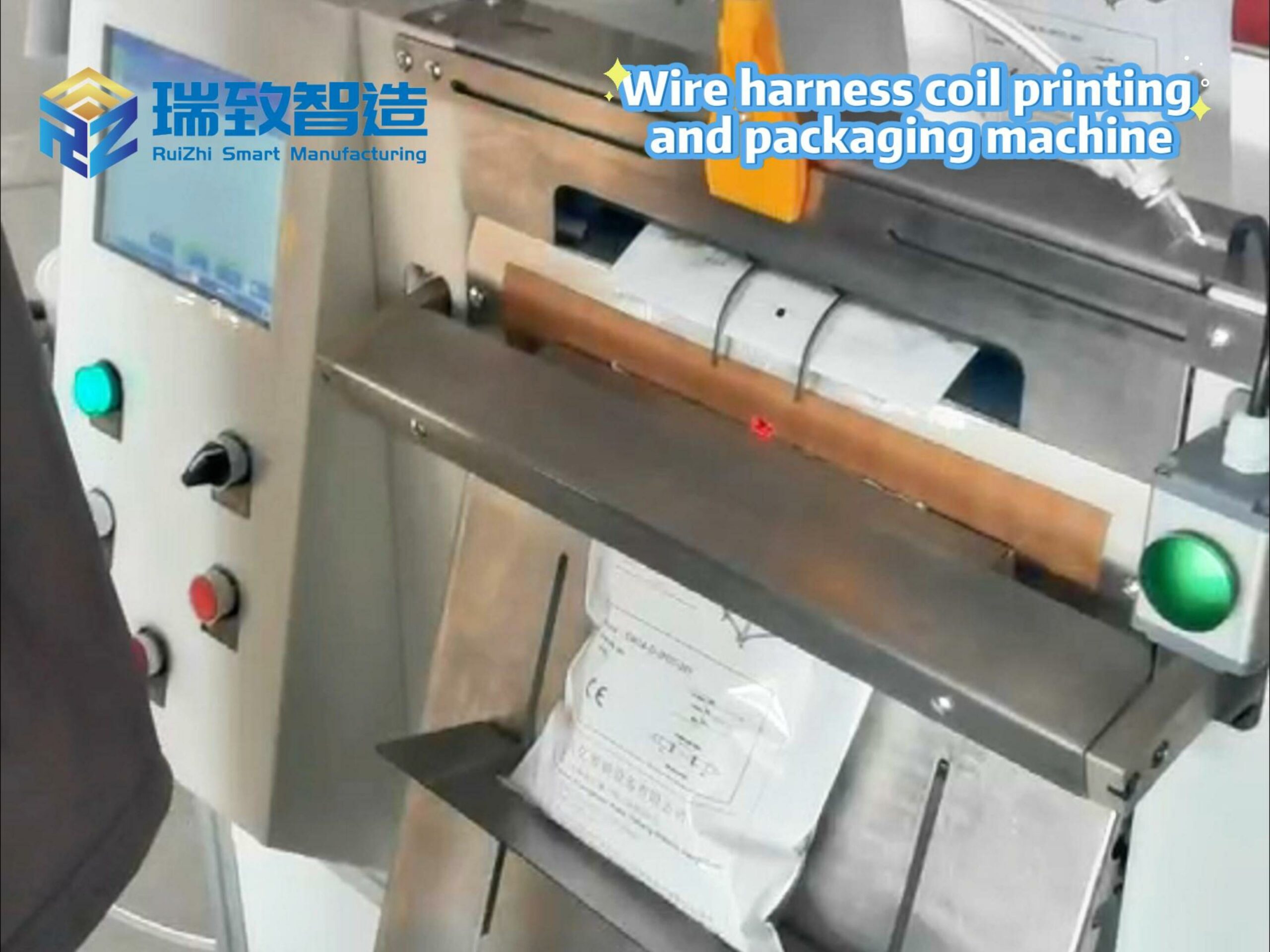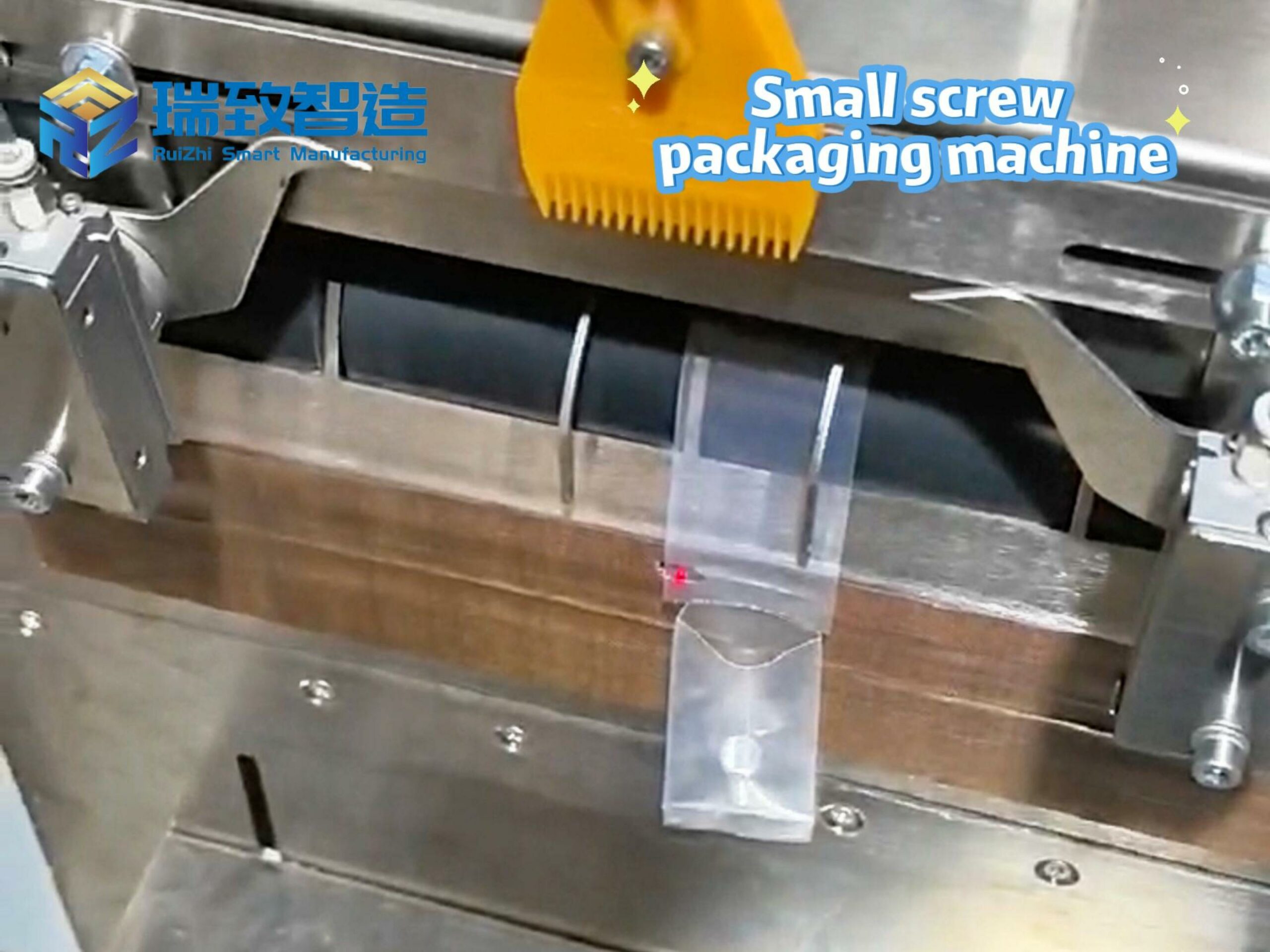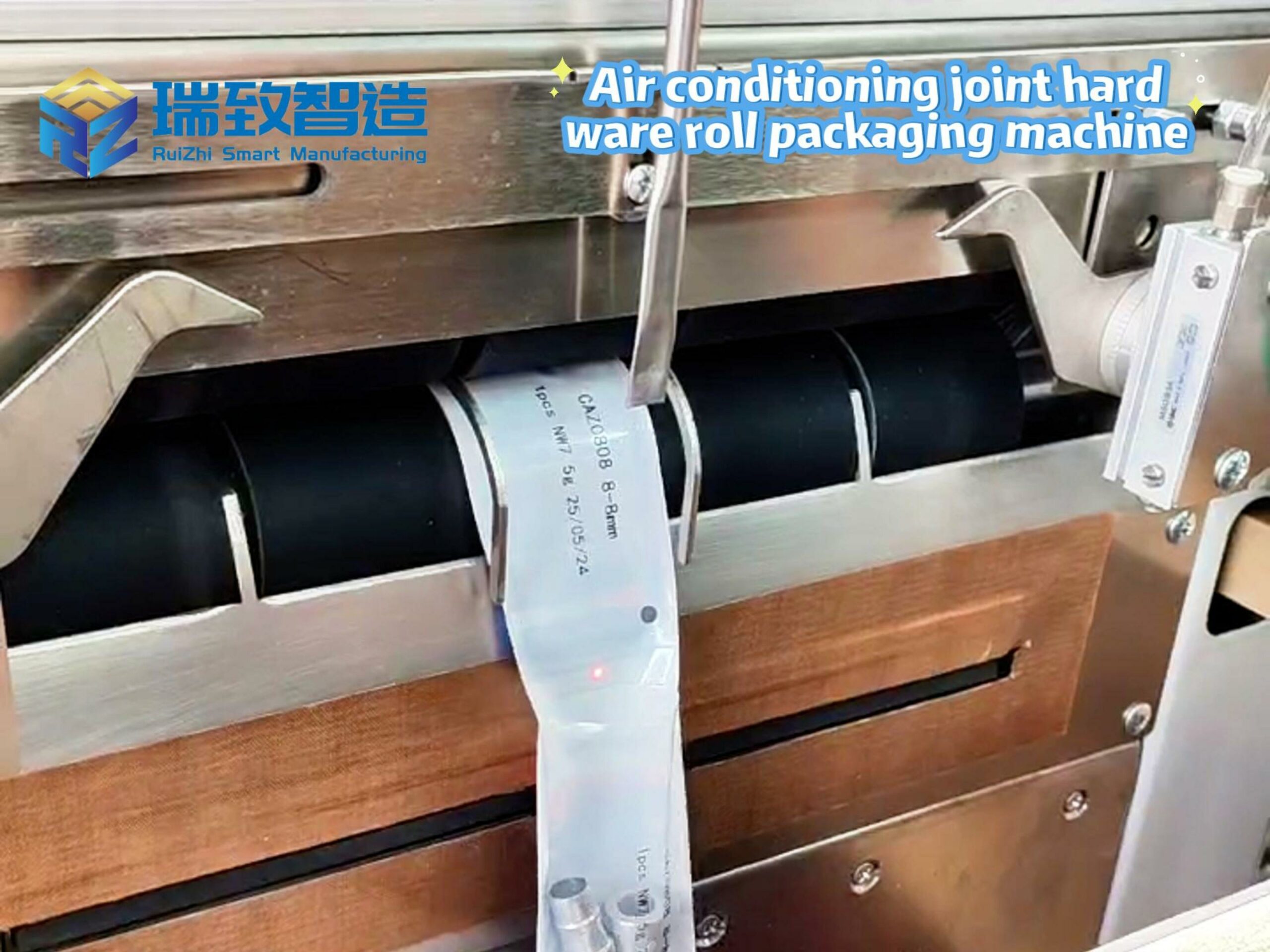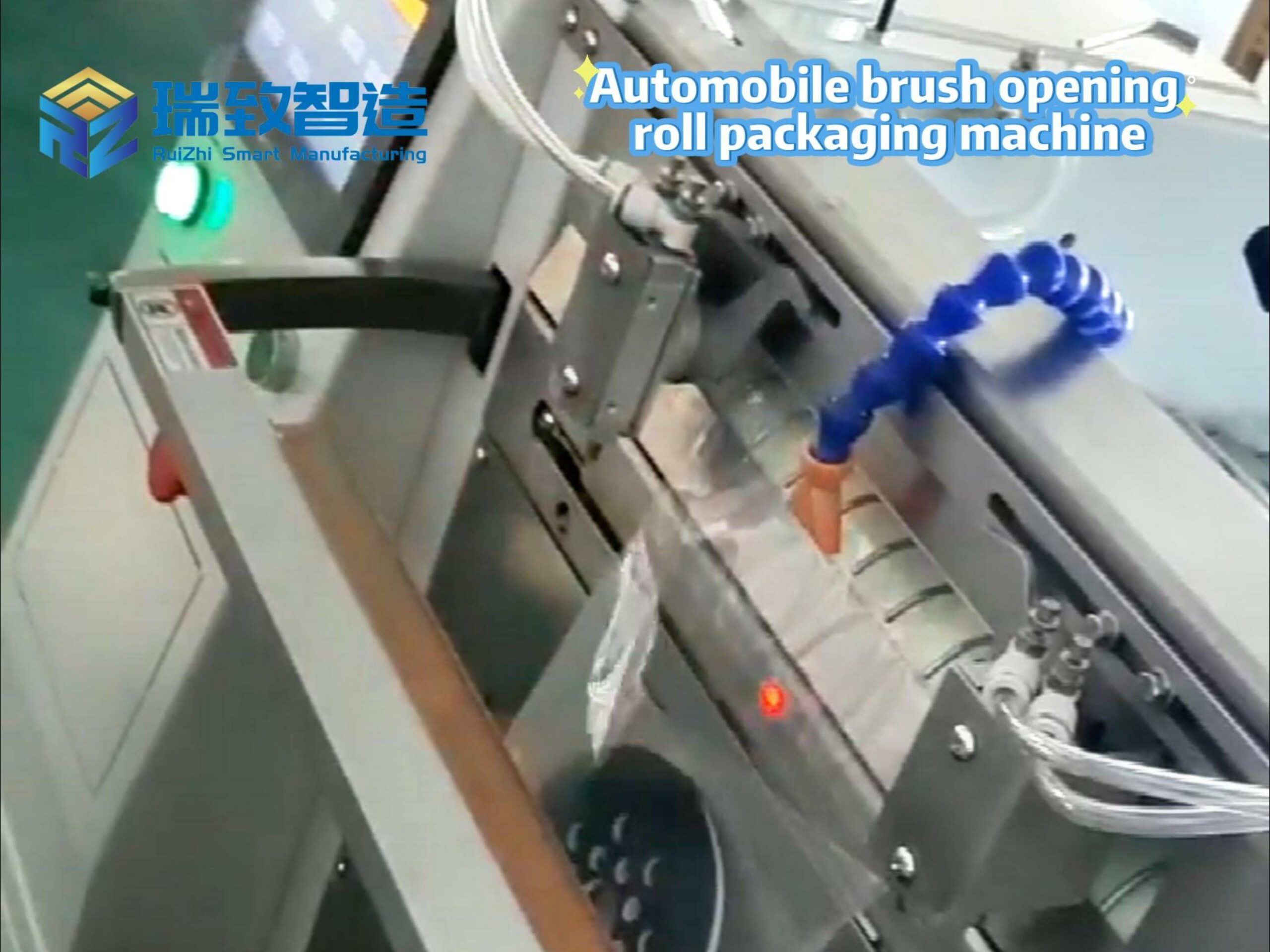Table of Contents
ToggleFood Packaging Automation Upgrades: End-to-End Innovation from “Productivity Efficiency” to “Safety Protection”
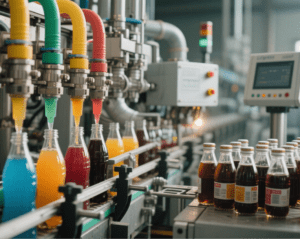
Driven by the food industry’s characteristics of “high-frequency consumption and safety-first”, food packaging automation equipment is no longer just a tool to boost production capacity, but a core barrier building a safety line “from production line to dining table”. From beverage filling to snack sorting, cold chain packaging to ready-to-eat food sealing, automation technologies are 破解 the industry dilemma of “difficulty balancing efficiency and safety” through three breakthroughs: “high-speed precision + aseptic design + intelligent detection”, redefining food manufacturing’s “quality standards”.
I. Technical Characteristics of Food Packaging Automation: Industry Adaptation in Three Dimensions
Requirements for automation equipment in food scenarios focus on “high speed, hygiene, and flexibility”, demanding breakthroughs in traditional industrial automation boundaries:
1. Hardware Layer: Hygienic Design and High-Speed Execution
- Materials and Structure:
- Main bodies use 316L stainless steel + food-grade silicone (e.g., sealing rings), with electrolytic polishing (roughness Ra<0.8μm) to prevent bacterial growth.
- Conveyors adopt modular design (quick-release structure, disassembled for cleaning within 5 minutes), combined with CIP (Clean-in-Place) systems (70℃ hot water + food-grade detergent circulation) to meet FDA 21 CFR Part 117 hygiene requirements.
- High-Speed Execution Technology:
- Beverage filling: Isobaric filling valves + servo motors (precision ±1mL), with carbonated beverage production line speeds reaching 2,000 bottles/minute (traditional equipment only 1,200 bottles/minute).
- Biscuit sorting: Six-axis robots + vision systems (response time <30ms) enable high-speed sorting of irregular biscuits (600 pieces/minute) with 99.9% accuracy.
2. Software Layer: Traceability Management and Flexible Control
- Production Traceability System:
- Each food package is bound to a blockchain traceability code, recording 20+ parameters like filling temperature, sealing pressure, and packaging time, supporting consumers to scan and query the entire production process.
- Compliant with ISO 22000 food safety management systems, automatically triggering “line stop + alarm” for key parameter anomalies (e.g., sterilization temperature) to prevent unqualified products from flowing out.
- Flexible Changeover Technology:
- Packaging film switching: Electric servo reels + automatic correction (precision ±0.5mm) enable 10-minute quick replacement of different 规格 packaging films (traditional manual operation takes 30 minutes).
- Bottle type adaptation: Beverage lines switch between mineral water bottles→juice bottles→carbonated beverage bottles within 5 minutes via robotic arm quick-change fixtures, adapting to multi-SKU production.
3. Detection Technology: Foreign Object Interception and Packaging Integrity
- Multispectral Detection:
- Infrared + visible light dual-spectral cameras identify glass fragments (penetration depth 5mm) and metal particles (minimum diameter 0.2mm) in food, with detection efficiency of 1,200 pieces/minute.
- Packaging Sealing Detection:
- Vacuum decay method (pressure -80kPa±5kPa) detects soft packaging leaks (报警 for leakage rate >1mL/min), replacing traditional manual water testing (low efficiency, prone to secondary contamination).
- Case Data: After introducing automated detection, a potato chip factory saw a 90% drop in foreign object complaints and annual savings of ¥5 million in customer complaint compensation costs.
II. Scenario Penetration: Full-Category Coverage from Beverages to Cold Chain
The value of food packaging automation delivers differentiated breakthroughs in various segments:
1. Beverage Industry: Dual Challenges of High Speed and Asepsis
- Carbonated Beverage Lines:
- Isobaric filling + capping integration: Servo motors control filling valve opening/closing (response time 10ms), combined with CO₂ backpressure (0.3-0.5MPa) to reduce bubble overflow, with filling precision ±1mL.
- Bottle cap detection: Vision systems identify missing, reversed, or cracked caps at 2,000 bottles/minute, with 100% rejection accuracy.
- Case Achievements: After transformation, a leading beverage enterprise increased single-line capacity from 1,200→2,000 bottles/minute, reduced energy consumption by 15%, and cut cap defect rates from 0.5%→0.05%.
2. Snack Foods: Balance of Multi-Variety and Anti-Crushing
- Potato Chip Packaging Lines:
- Airflow conveying + soft gripper sorting: Negative pressure airflow (wind speed 10m/s) gently conveys potato chips, combined with silicone soft grippers (gripping force 0.1-0.3N), reducing crushing rate from 8%→3%.
- Nitrogen filling: 99.9% nitrogen in packaging (oxygen content <1%), combined with heat sealing temperature closed-loop control (precision ±2℃), extending shelf life from 6→10 months.
- Data Comparison: After automation, a snack food factory increased daily capacity by 50% and reduced crushing loss costs by ¥3 million annually.
3. Cold Chain Foods: Synergy of Low Temperature and Efficiency
- Frozen Pastry Packaging:
- Low-temperature servo systems: At -30℃, servo motors maintain ±0.1mm positioning precision for high-speed sorting of dumplings and buns (300 pieces/minute).
- Vacuum packaging: Double-chamber vacuum machines + temperature compensation (heating plates adjust temperature automatically based on packaging thickness), with vacuum degree reaching -0.095MPa, extending shelf life to 12 months.
- Compliance Value: Through automation, a frozen food factory reduced microbial overstandard rates by 80% and increased EU export orders by 40%.
III. Case Study: “Automated Defense” for Ready-to-Eat Salad
The salad production line of a ready-to-eat food enterprise faced quality crises due to low manual efficiency and high foreign object risks:
Pre-Transformation Pain Points
- Manual sorting: Efficiency 800 boxes/day, vegetable leaf damage rate 15%, foreign object (hair, plastic debris) complaint rate 0.5%.
- Packaging sealing: Manual sealing with unstable strength (target ≥50N, actual fluctuation 20-70N), leading to 3% product spoilage rate due to air leakage.
- Traceability gaps: Handwritten production parameters couldn’t meet customer traceability needs.
Automation Solution
- Hardware Upgrades:
- Vision sorting robot: 3D structured light camera (precision ±0.5mm) + soft gripper (gripping force 0.2N) identifies and rejects withered leaves and foreign objects, sorting efficiency 5,000 boxes/day.
- Servo heat sealing system: Temperature sensor + PID closed loop (precision ±1℃), adjusting heat sealing time (1-3 seconds) automatically based on salad box thickness, stabilizing sealing strength at 55-60N.
- Software Deployment:
- Blockchain traceability system: Each salad box generates a unique QR code recording 15+ parameters like sorting time, heat sealing temperature, and operator, viewable via scanning.
- Error prevention system: Automatically links raw material batches with packaging dates to avoid misusing expired materials.
- Environmental Control:
- Cleanroom (Class 8) + laminar flow hood, microbial contamination rate <0.1%, complying with ready-to-eat food hygiene standards.
Post-Transformation Achievements
- Efficiency: Capacity from 800→5,000 boxes/day (525% increase), meeting emergency orders from chain supermarkets.
- Quality: Foreign object complaints eliminated, air leakage rate from 3%→0.5%, product spoilage rate down 83%.
- Cost: Labor reduced from 12→3 workers per shift, labor costs down 75%, annual savings ¥2.4 million.
- Compliance: Passed BRC (British Retail Consortium) certification, gaining EU market access.
IV. Three Key Steps for Implementing Food Packaging Automation
From solution design to stable operation, three challenges must be overcome: “hygiene, efficiency, traceability”:
1. Requirement Diagnosis: Safety First, Efficiency Parallel
- Risk Matrix Analysis:
- Identify high-risk links (e.g., microbial contamination in meat packaging, leakage in liquid packaging) as automation priorities.
- Quantify hygiene indicators (e.g., total bacterial count <100CFU/g) to reverse-determine equipment cleanliness levels (e.g., Class 8 cleanroom).
- Capacity Calculation:
- Design equipment redundant capacity (120% of normal capacity) based on order fluctuations (e.g., holiday peaks) to avoid “peak season outages”.
2. Solution Design: Hygiene Verification and Efficiency Simulation
- Cleanroom Airflow Simulation:
- Use CFD software to simulate laminar flow hood wind speed (0.45m/s±20%) to ensure no eddy current-caused particle accumulation.
- Microbial Challenge Testing:
- Apply standard bacterial solutions (e.g., Staphylococcus aureus) to equipment surfaces, detect residues after CIP cleaning to verify cleaning effectiveness (residue <10CFU/25cm²).
- Digital Twin Optimization:
- Simulate 1,000 packaging processes in a virtual environment to optimize robot paths (reducing collision probability by 30%) and heat sealing parameters (lowering air leakage rate by 2%).
3. Debugging and Validation: From “Equipment Operation” to “Safety Release”
- Hygienic Calibration:
- Use ATP fluorescence detectors (precision 1RLU) to detect equipment surface cleanliness, confirming no biological residues.
- Conveyor operation testing: Run empty/full for 24 hours to confirm no metal debris shedding (detected with magnetic powder).
- Production Validation:
- Three consecutive batches to verify microbial indicators, sealing strength, and capacity stability, with formal production after all indicators meet standards.
- Regulatory Certification:
- Invite third-party agencies for FDA 21 CFR Part 117 compliance audits to ensure equipment meets global food safety standards.
V. Future Trends: AI and Flexibility Reconstructing Food Packaging
The next frontier for food packaging automation is the integration of “intelligence + green”:
- AI defect recognition: Through transfer learning (e.g., migrating 3C defect detection to food foreign object recognition), reducing 90% labeling workload and shortening new defect recognition cycles from 2 weeks→1 day.
- Biodegradable material adaptation: Develop temperature-sensitive heat sealing molds for PLA degradable films (softening contact surfaces when heated to 40℃), avoiding stress cracking and increasing sealing yield from 85%→98%.
- Low-carbon packaging optimization: Equipment integrates carbon footprint calculation modules to automatically recommend the lowest-energy packaging solutions (e.g., reducing packaging material usage by 10%, lowering carbon emissions by 8%).
The essence of food packaging automation is “safeguarding table safety with technology”—it not only boosts capacity but also minimizes food risks through precise control and end-to-end traceability. As more enterprises break through the technical barriers of “hygienic design”, automation will shift from “cost investment” to a “brand moat”, becoming the core competitiveness for food enterprises to win consumer trust.
#FoodPackagingAutomation #SortingRobot #HygienicProductionLine

